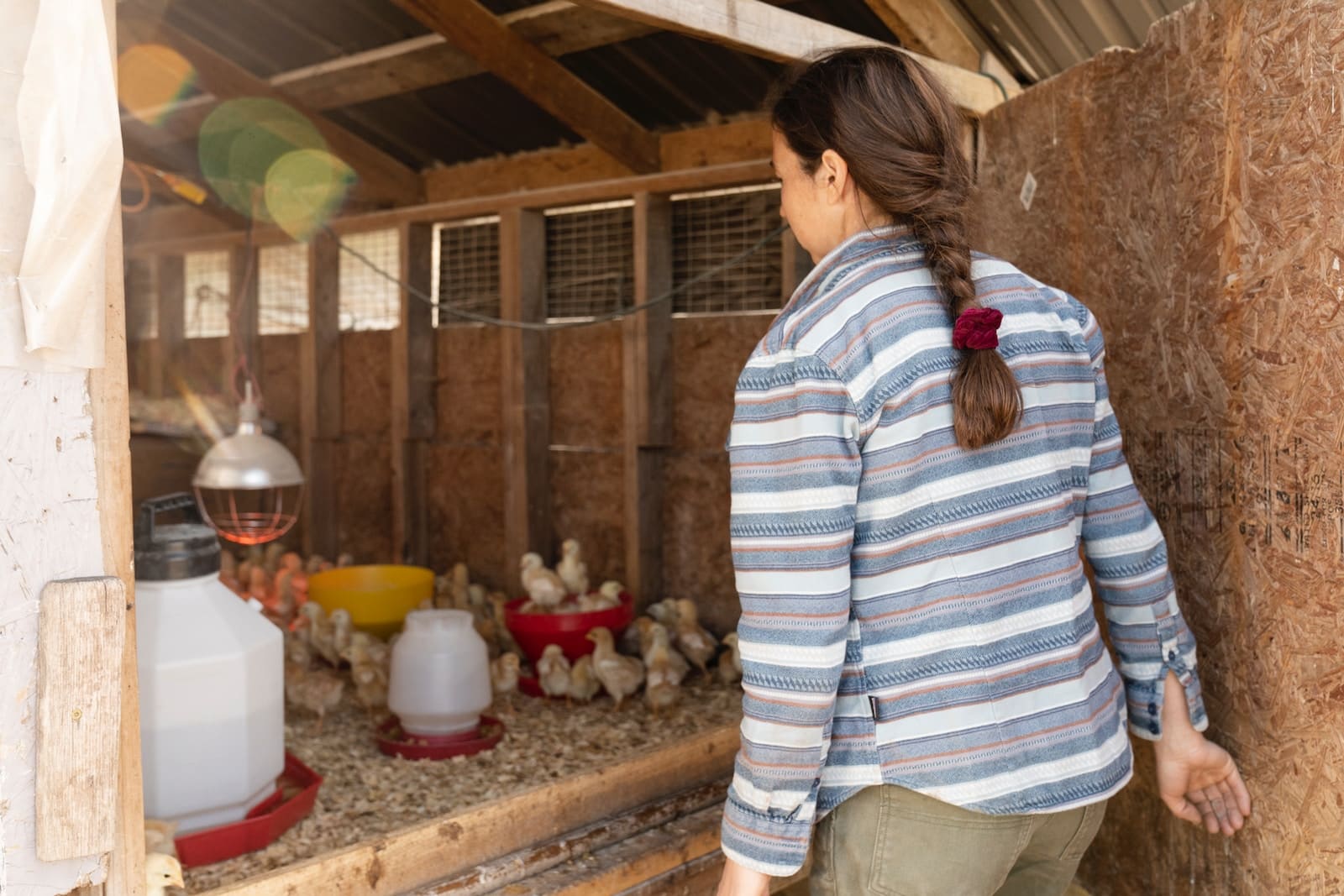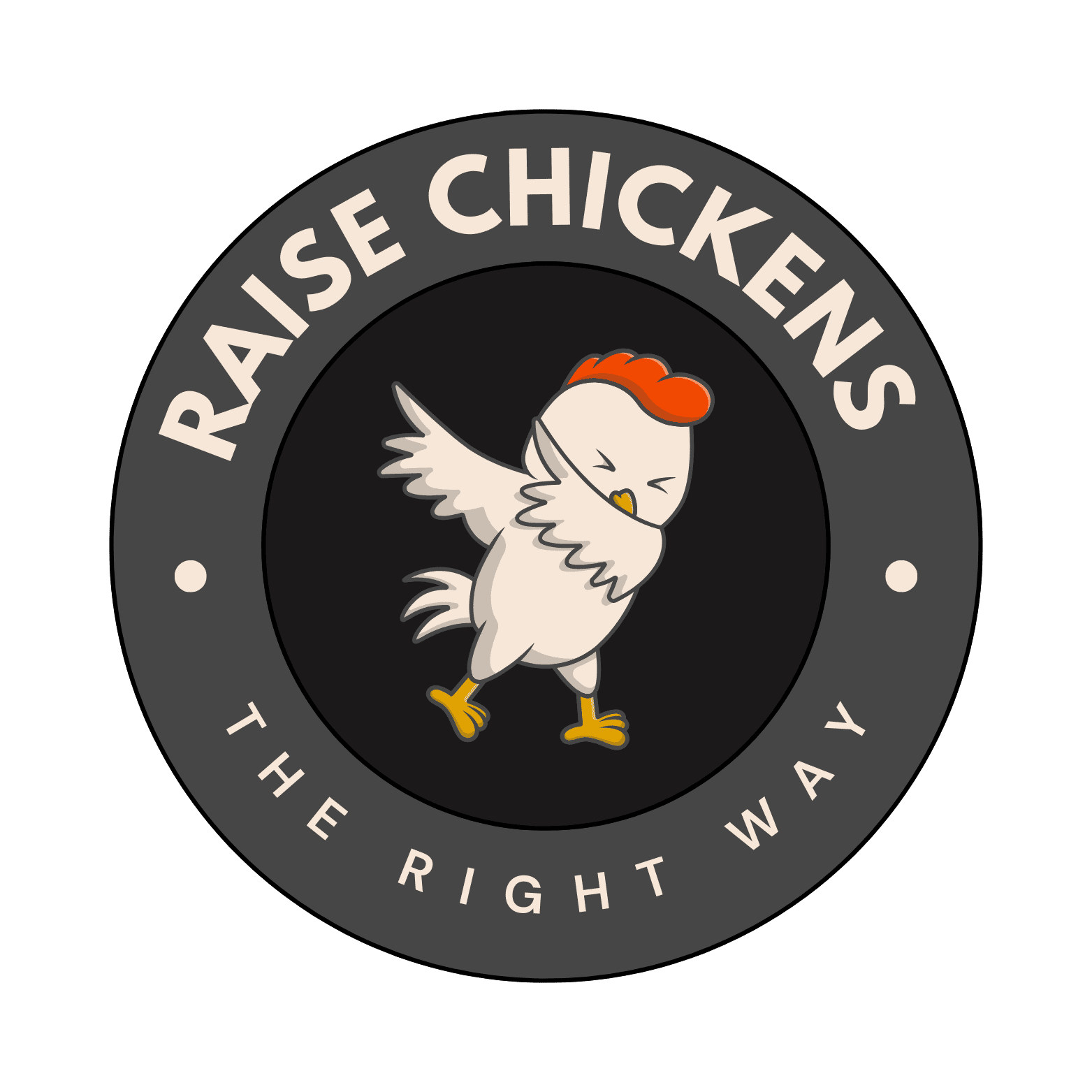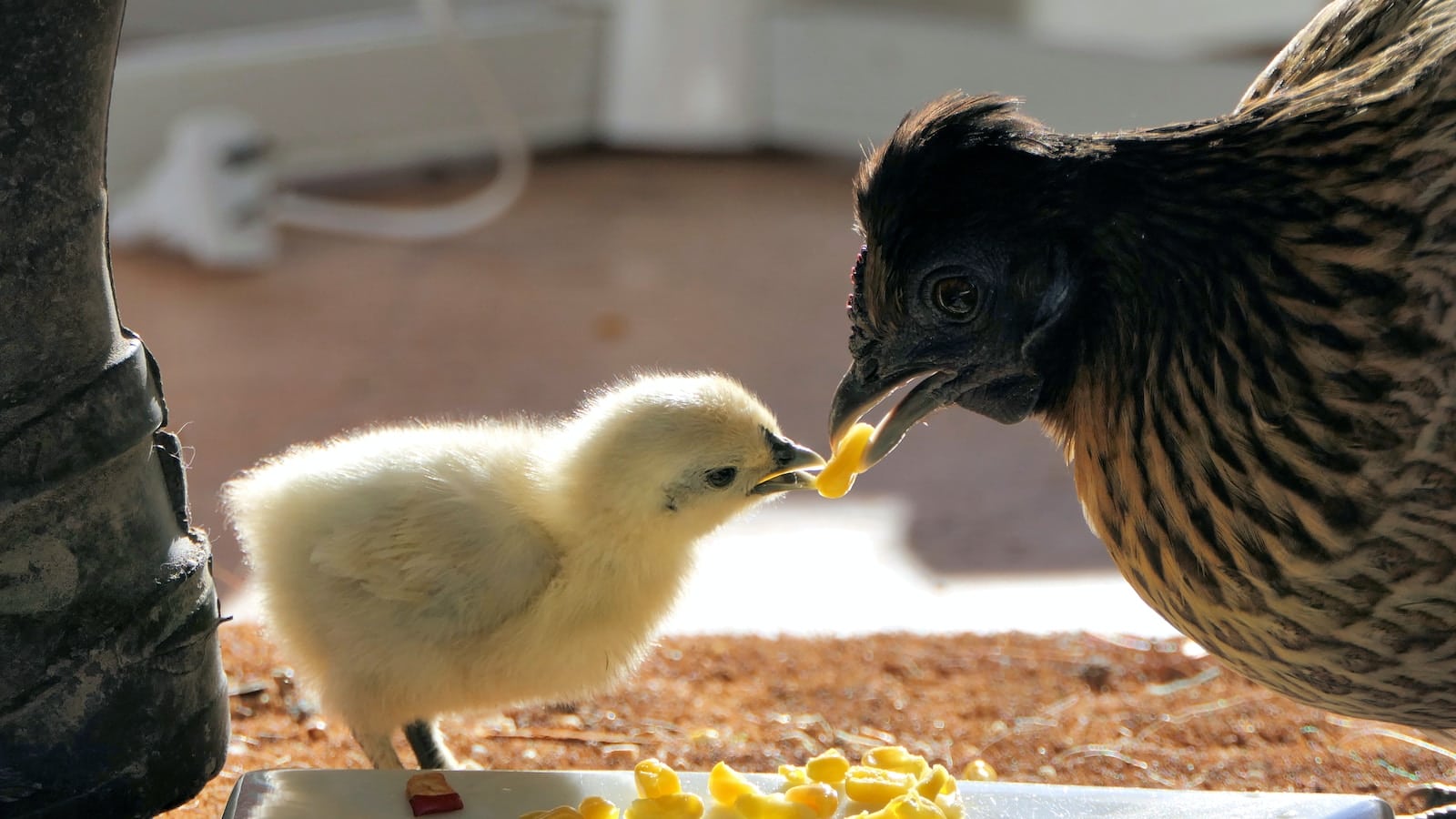Introduction
The increased interest in raising backyard chickens is more than just a passing fad. It reflects a broader cultural shift towards sustainable living and a renewed focus on understanding where our food comes from. However, the romanticized vision of a chicken-filled yard can often overshadow the financial aspects that come with it. Knowing the costs involved in chicken farming is not just practical; it’s essential for long-term success and sustainability.
In this comprehensive guide, we’ll cover the costs you can expect when raising chickens, whether it’s a few hens or a more extensive setup. We’ll cover everything from the initial investment in different types of chickens to the ongoing expenses like feed, healthcare, and housing. Plus, we’ll explore how these costs can vary by region and offer insights into return on investment and sustainability measures.
So, whether you’re a beginner at the threshold of your poultry journey or an experienced farmer looking to optimize your operations, this article aims to provide a detailed financial roadmap. Let’s get started.
Historical Overview of Chicken Farming
The domestication of chickens can be traced back to around 5,000 years ago in Southeast Asia. Over the years, the methods of chicken farming have evolved dramatically, from traditional free-range systems to modern intensive operations. This evolution has been paralleled by a significant change in costs, influenced by advancements in technology, healthcare, and feeds.
Factors Influencing the Cost of Raising Chickens
Types of Chickens and Their Cost
- Egg-laying Hens: On average, laying hens cost around $5-$25 per chick, though the price can be higher for specialized breeds.
- Broiler Chickens: Meat birds usually cost less, ranging from $3-$12 each.
- Organic or Free-Range Chickens: These can range from $10-$50 per chick, due to the increased cost of certification and care.
Chicken Feed and Nutrition
- Type of Feeds: Starter ($0.50-$1/lb), Grower ($0.40-$0.80/lb), and Layer ($0.30-$0.70/lb)
- Supplements and Treats: Additional costs can run $5-$15 per month.
- Organic vs. Conventional Feed: Organic feed can cost twice as much as conventional options.
Housing and Shelter
- Cost of Coops: Expect to spend $200-$2,000, depending on size and material.
- Fencing and Security: About $100-$500.
- Bedding Material: Approximately $5-$20 per month.
Healthcare and Veterinary Costs
- Routine Vaccinations: Around $1-$3 per chicken per year.
- Emergency Treatments: Costs can range from $20-$200 per event.
- Biosecurity Measures: Basic setups could start at $50 and go upwards.
Miscellaneous Costs
- Incubators and Brooding Equipment: Starting at $50 up to $300.
- Lighting and Heating: Around $10-$50 per month.
- Accessories: Feeders, nesting boxes, and other extras can cost $50-$200 initially.

Regional Variations in the Cost of Raising Chickens
North America
Average Cost Breakdown
In North America, you can expect to spend approximately $3-5 per chick for layers and slightly more for specialized breeds. The average monthly cost of feed is around $15 per chicken. Healthcare, primarily vaccinations and emergency treatments, can cost upwards of $200 annually for a small flock. Housing varies widely but can start at $500 for a simple coop and fencing.
Factors contributing to regional variations within North America
The costs can differ significantly between the U.S. and Canada due to currency value and availability of resources. Within the U.S., urban areas generally have higher costs due to zoning restrictions and higher property costs, making free-ranging more challenging.
Europe
Average Cost Breakdown
In Europe, the average cost per chick is around €4-6, while feed costs can hover around €20 per chicken per month. Healthcare is generally more expensive, given the higher veterinary costs, averaging around €250-300 per year for a small flock. Coops can range from €600 upwards, depending on the complexity.
Factors contributing to regional variations within Europe
Different EU countries have varied regulations concerning animal welfare, affecting the type of housing and healthcare needed. Northern European countries generally have higher costs due to more stringent regulations and higher labor costs.
Asia
Average Cost Breakdown
The costs in Asia are more variable but can be significantly lower. A chick may cost as little as $1-2, and feed costs are also generally lower, averaging around $8-10 per chicken per month. Healthcare is less standardized but can be quite economical.
Factors contributing to regional variations within Asia
Asian countries vary widely in their poultry farming practices. While Japan and South Korea have costs similar to Western countries due to advanced farming techniques, countries like India and Indonesia offer much lower costs but with varying standards of healthcare and housing.
South America
Average Cost Breakdown
In South America, chicks cost around $2-4 each, and feed costs average about $12-15 per chicken per month. Healthcare expenses are often minimal due to less reliance on vaccinations and other treatments.
Factors contributing to regional variations within South America
Currency fluctuations and economic stability play a significant role in South America. Countries like Argentina, facing economic challenges, can experience rapid increases in costs. On the flip side, countries like Brazil, with a strong agricultural sector, often have more stable and lower costs.
Africa
Average Cost Breakdown
In Africa, chicks often cost less than $1 each, and feed costs are quite variable but can be as low as $5-8 per chicken per month. Healthcare is minimal, given the limited access to veterinary services.
Factors contributing to regional variations within Africa
African countries face diverse challenges, including political instability and infrastructural shortcomings. These factors heavily influence the cost, with some regions offering low costs but high risks, and others, like South Africa, providing more standardized but expensive services.

A Comparative Analysis of Chicken Raising Costs Worldwide
| Region | Avg. Cost per Chick | Avg. Monthly Feed Cost per Chicken | Avg. Annual Healthcare Cost for Small Flock | Starting Cost for Coop and Fencing | Contributing Factors to Regional Variations |
|---|---|---|---|---|---|
| North America | $3-5 | $15 | $200 | Starting at $500 | Currency value, urban vs rural, zoning regulations |
| Europe | €4-6 | €20 | €250-300 | Starting at €600 | EU regulations, labor costs, animal welfare standards |
| Asia | $1-2 | $8-10 | Varies widely but generally economical | Varies widely | Country-specific farming practices, healthcare standards |
| South America | $2-4 | $12-15 | Minimal | Varies | Currency fluctuations, economic stability, agricultural sector strength |
| Africa | Less than $1 | $5-8 | Minimal due to limited access | Varies, often low | Political instability, infrastructure, regional risks |
Trends and Observations
Observing the nuances of poultry farming costs across various regions offers valuable insights that can help both novice and veteran farmers make informed decisions. Below are some of the key trends and observations based on the data.
Healthcare Costs in Developed Regions
One of the most striking observations is the relatively higher healthcare costs in developed regions like North America and Europe. While this might seem like a downside, it’s a reflection of the advanced veterinary services available, which can lead to healthier flocks and, ultimately, better yields. If you’re operating in these regions, budgeting for healthcare should be a priority.
Feed Costs and the Influence of Agriculture
Feed costs emerge as a significant concern in Europe, South America, and Africa. The availability and cost of feed often depend on the strength of local agriculture. In regions where grain crops are abundant and cheap, feed costs are lower. Conversely, countries reliant on grain imports will face higher feed prices. As a farmer, understanding local agricultural dynamics can be a game-changer in managing costs.
Housing Expenses in Traditional vs. Modern Systems
In Asia, housing stands out as the most expensive factor, especially for those employing modern farming techniques. This is in contrast to the lower costs in more traditional setups where locally sourced materials are used for constructing coops. The choice between traditional and modern systems will have a substantial impact on your total expenses.
Currency and Labor Costs in South America
In South America, the fluctuation of local currencies and varying labor costs across countries make for a complex financial landscape for poultry farming. While some countries offer lower labor costs, currency instability can quickly offset these advantages. It’s a delicate balance that requires a deep understanding of the local economic conditions.
The Economies of Scale
Across all regions, large-scale operations tend to benefit from economies of scale, especially in terms of feed and healthcare. Buying in bulk often allows for discounts that can significantly lower the per-chicken cost of these essential items.
The Growing Trend of Organic and Free-Range Farming
There is a rising trend worldwide toward organic and free-range chicken farming, driven by consumer demand for more ethical and sustainable poultry products. While this can increase initial costs due to certification and land requirements, it often allows farmers to command higher prices for their products, which can balance out the higher expenses over time.
Adaptation to Local Climate
Climate plays a more subtle role but has long-term implications. For example, colder climates may require additional heating measures, contributing to operational costs. Conversely, hotter climates may necessitate cooling systems or specialized housing to protect the chickens from heat stress. These climate-related costs often go unnoticed but are essential for optimal yield and animal welfare.
ROI and Sustainability
When it comes to raising chicken, balancing the books isn’t just about counting eggs and feed bags; it’s also about considering your return on investment (ROI) and the sustainability of your farming practices. These two aspects are interconnected, shaping not only your profitability but also the long-term viability of your farming operations.
Returns on Investment for Small-Scale and Large-Scale Chicken Farming
Small-Scale Farming
For those managing a backyard flock or a smaller operation, the returns may initially seem modest. However, the smaller scale often allows for more specialized care and potentially higher-quality products. If you’re raising organic or free-range birds, this can translate to higher market prices for your eggs or meat. Nevertheless, the ROI in smaller setups can be more unpredictable due to variable costs like unexpected healthcare expenses and lower economies of scale.
Large-Scale Farming
In contrast, large-scale operations benefit from economies of scale, particularly in buying feed and healthcare supplies in bulk. While the initial investment is substantially higher, these operations often have more predictable ROIs. Large-scale farms also tend to be more efficient in terms of labor costs per bird, thus improving overall profitability.
Sustainability Measures and Their Impacts on Costs
The sustainability of your poultry farm isn’t just a trendy catchphrase; it’s an essential factor influencing both costs and revenues in the long run. Here’s how:
Renewable Energy Sources
Some farms are adopting solar panels or wind turbines to power their operations. While the initial installation cost is high, the long-term energy savings significantly impact your ROI positively.
Waste Management
Efficient waste management practices such as composting poultry litter can transform waste into valuable organic fertilizer. This not only reduces waste management costs but also creates an additional income source.
Water Conservation
Implementing water-saving measures like rainwater harvesting or efficient irrigation systems for free-range setups can bring down your water costs. In arid regions, this could be a significant factor affecting profitability.
Ethical and Organic Farming
Adopting ethical farming practices may involve some costs upfront, like obtaining organic certifications, but they often allow you to charge premium prices for your products. Consumer demand for sustainably raised poultry is rising, offering a lucrative niche for farmers willing to make the initial investment.
Conclusion
As we bring this comprehensive guide on the cost of raising chickens to a close, it’s essential to recap what we’ve covered while also looking forward. The endeavor of raising chickens, whether small-scale or commercial, is expected to bring various costs that require thoughtful planning and management.
From the initial investment in the type of chickens you choose to raise, to ongoing expenses like feed, healthcare, and housing, each choice you make has financial ramifications. But these costs are not just numbers; they’re tied to the well-being of your flock, the quality of the products you produce, and the overall sustainability of your farm.
Over the years, the poultry industry has evolved considerably. Advances in healthcare, innovations in housing, and the rise of sustainability measures have all left their mark. These trends are not just theoretical constructs but have real-world implications for poultry farmers around the globe.
They affect how we plan our budgets, where we allocate resources, and even how we conceptualize the long-term vision for our poultry farms. As I’ve highlighted, economies of scale often favor larger operations, but smaller farms have their unique advantages, including the ability to specialize and meet niche demands.
We cannot ignore the regional variations in costs. From North America’s higher healthcare costs to Asia’s variable housing expenses, local conditions significantly influence the financial aspects of poultry farming. Understanding these regional nuances is critical for both new entrants and existing farmers seeking to expand or optimize their operations. It’s not just about the lowest cost but about the best value, considering the region’s specific challenges and advantages.
ROI and sustainability have emerged as vital pillars in modern poultry farming. Gone are the days when these were afterthoughts or ‘nice-to-haves.’ They are now central to the business model and long-term strategy for any serious poultry farmer.
Balancing these two aspects is perhaps one of the most complex yet rewarding challenges in poultry farming today. It’s a dance between immediate returns and long-term gains, between personal profit and collective well-being. The choices you make in this regard not only affect your bottom line but also contribute to larger societal goals of sustainability and ethical food production.
Let’s not forget the intangible benefits of raising chickens, like the joy of collecting fresh eggs in the morning or the sense of community when sharing poultry-raising tips with neighbors and friends. While these don’t have a direct monetary value, they enrich the experience in ways that can’t be quantified.
Understanding the multifaceted costs of raising chickens is crucial for anyone considering this venture. It’s not merely a business calculation but a complex decision-making process that involves financial acumen, ethical considerations, and long-term vision. The complexity may seem daunting, but armed with the right information and a thoughtful approach, it’s entirely possible to make poultry farming not just a viable venture but a rewarding and sustainable one.
By entering poultry farming informed and prepared, you’re not just investing in a business. You’re investing in a way of life, in a food system, and perhaps even in the betterment of our collective future.
Frequently Asked Questions (FAQs)
- How much does it cost to start a chicken farm?
Anywhere from $500 to $5,000 depending on scale and location. - What is the most expensive factor in raising chickens?
Generally, healthcare and feed. - Is it cheaper to raise chickens in some countries than others?
Yes, primarily due to local economies, labor, and feed costs. - Can raising chickens be a sustainable source of income?
Absolutely, especially with proper management and scale. - What subsidies or grants are available for chicken farming?
These vary by country but usually include agricultural tax breaks, low-interest loans, and occasional grants for sustainable practices.

